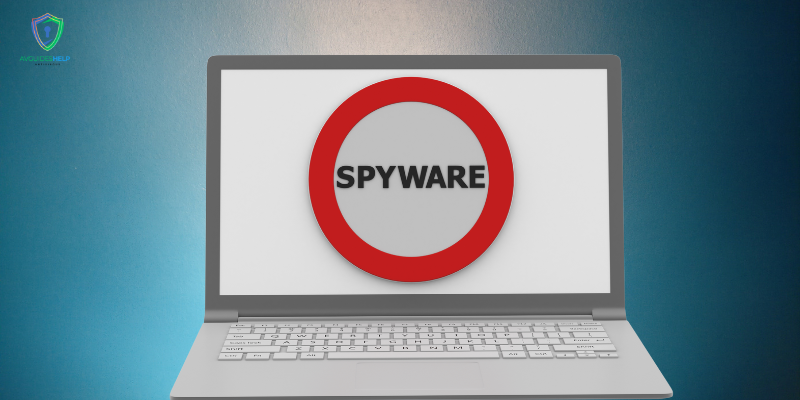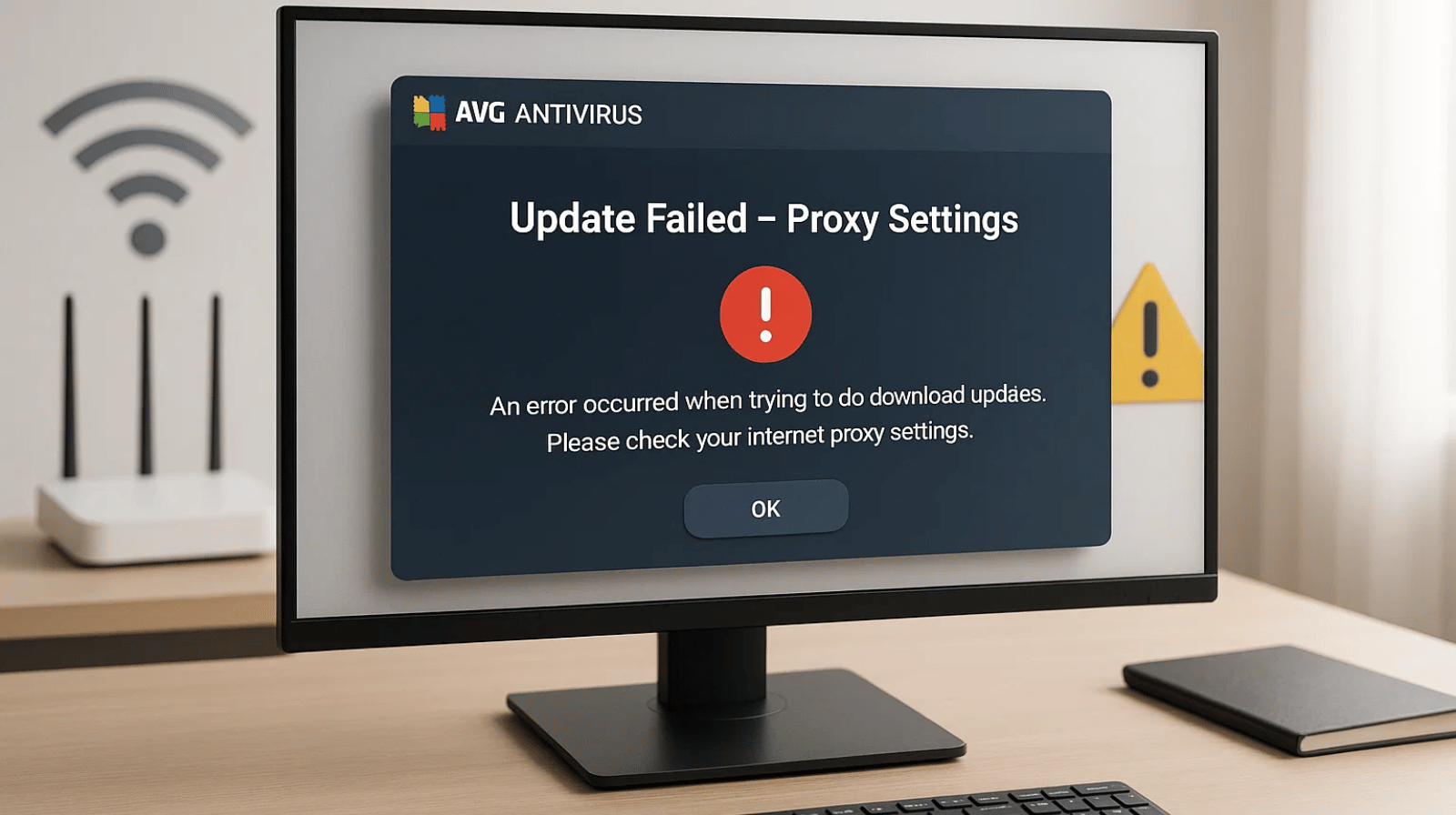In today’s world, keeping our digital lives safe is more vital than ever. With more people online and using digital ways to talk, many kinds of bad software have popped up, putting both our personal and work information at risk. One really sneaky kind of bad software is spyware. But what is spyware, how does it work, and how can you keep yourself safe from it? In this blog, we’re going to break down spyware to help you know about this hidden danger and show you how to protect your online world.

What is spyware?
Spyware is a bad type of software (malware) that gets onto a device without the user knowing. Once on, it watches and grabs information about what the user does, like where they go online, what keys they hit, their secret codes, and other private stuff. Then, it sends this information to someone else, often to steal, trick people out of money, or spy on companies.
Types of Spyware
- Adware: This kind of spyware watches where you go online to show you ads it thinks you’ll like. It’s not always bad, but it can get in the way and slow down your device.
- Keyloggers: Keyloggers keep track of every key you press. This can include passwords, credit card information, and other private data.
- Trojans: Trojan spyware looks like good software, but it’s not. Once on your device, it lets hackers in to steal data or put in more bad software.
- Tracking cookies: These aren’t always harmful, but they do keep an eye on what you do online. If used in the wrong way, they can break your privacy and share information without permission.
How does spyware work?
Spyware can enter your system through various means, such as:
- Phishing Emails: Bad links or files in scam emails can put spyware on your device if you click on or open them.
- Software Bundling: Spyware might come with real software you download. When you install the main program, you might also unknowingly install spyware.
- Malicious Websites: Going to bad or harmful websites can cause spyware to download and set up on its own, without your knowledge.
- Infected Hardware: If you connect USB drives or other devices with spyware on them to your computer, they can pass the malware to your device.
Once set up, spyware works quietly and hidden, gathering information and sending it to the attacker. It’s tough to spot since it often looks like a normal software task.
Signs of a spyware infection
Knowing the signs of a spyware infection can help you identify and remove it promptly.
- Slow Device: If your gadget starts to lag or won’t respond, spyware might be running in the back.
- Odd Pop-Ups: Seeing a lot of unexpected ads can mean adware or spyware is on your device.
- More Data Use: Spyware could be using your net connection, making your data usage go up.
- Battery Loss: Your device’s battery might go down faster because of spyware.
- Browser Changes: If your web browser’s start page or search tool changes without you knowing, it could be spyware.
How to Protect Against Spyware
Protecting yourself against spyware involves a combination of good cybersecurity practices and the use of reliable security software.
- Install Anti-Spyware Software: Use reputable anti-spyware or anti-malware software to regularly scan and protect your devices.
- Keep Software Updated: Regularly update your operating system, browsers, and other software to protect against vulnerabilities that spyware can exploit.
- Be cautious with downloads. Only download software from trusted sources. Avoid clicking on unknown links or downloading attachments from unsolicited emails.
- Use a Firewall: Enable a firewall to block unauthorized access to your system.
- Regular Backups: Regularly back up your data to an external drive or cloud storage to protect against data loss in case of infection.
- Educate yourself: Stay informed about the latest cybersecurity threats and learn how to recognize phishing attempts and other tactics used to spread spyware.
If you run into any trouble or have questions about AVG antivirus, you can get direct Avg premium support from us. Our team is here to help you with any issues or questions you might have.How to remove spyware
If you suspect your device is infected with spyware, take immediate action to remove it.
- Run a Full System Scan: Use your anti-spyware software to perform a full system scan and remove any detected threats.
- Update Security Software: Ensure your security software is up-to-date before running the scan to detect the latest threats.
- Check Installed Programs: Manually check for unfamiliar programs in your installed software list and remove any that are suspicious.
- Reset Browser Settings: Reset your browser settings to default to remove any changes made by spyware.
- Seek Professional Help: If you’re unable to remove the spyware yourself, consider seeking help from a cybersecurity professional.
Conclusion
Spyware is a big danger that can break into your private space and keep you unsafe. By knowing what spyware is, how it does its job, and how to keep it away, you can act first to keep your personal and work data safe. Stay sharp, use trusted safety software, and learn about new cyber risks to protect your online life.





Leave a Reply